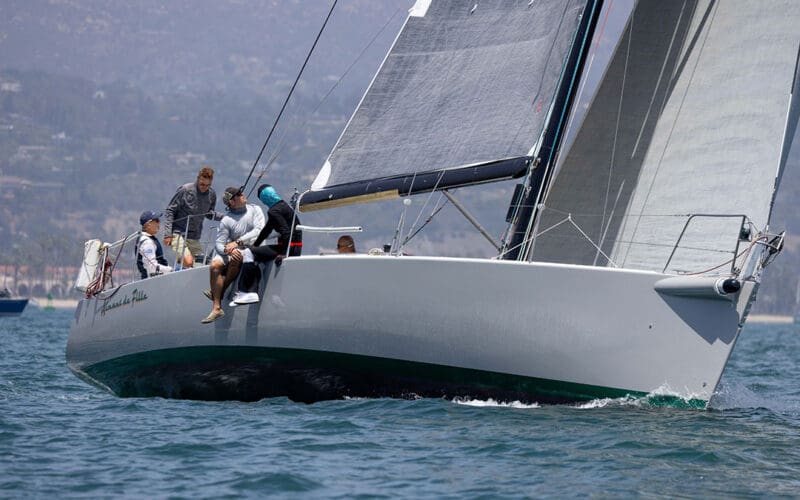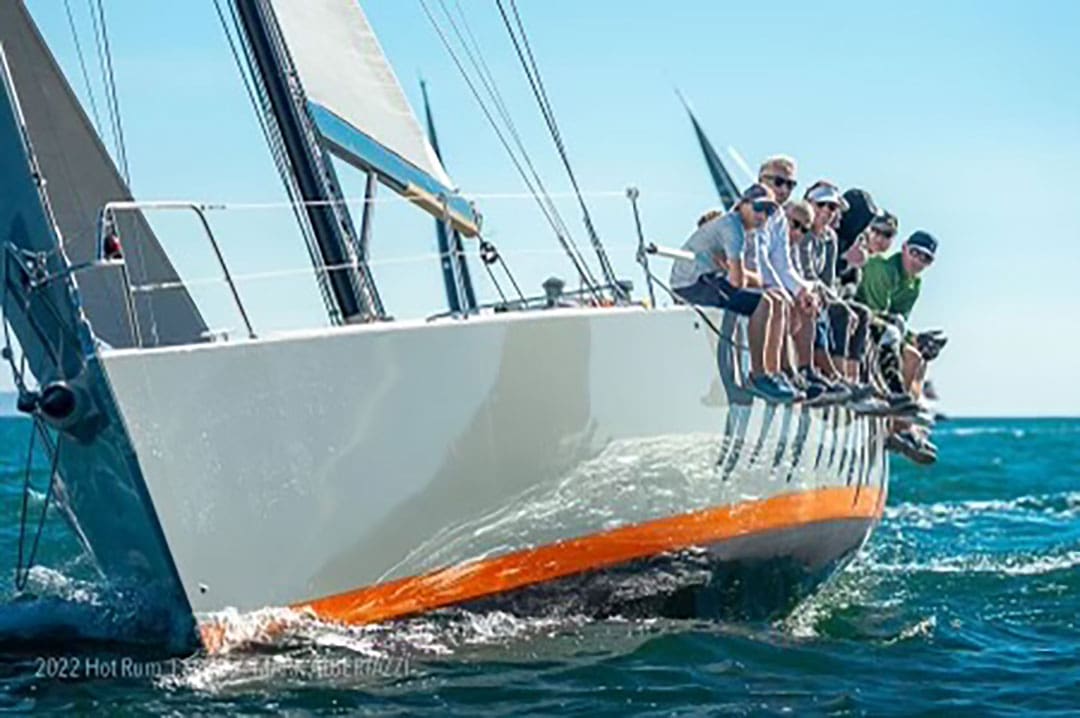
Ocean Navigator is once again a co-sponsor of the Transpac race to Hawaii. In July 2023, a large fleet will depart California in a series of staggered starts by class (62 boats have been entered in the race at press time). Of those boats, some will be skippered by first time Transpac sailors. We asked questions of three new participants in the race about how they are going about their preparation for their passage to Hawaii.
Michael Marion will sail his Dufour 525 Insoumise (which translates from French as “unconquered”) with a crew of eight. Marion lives in Scottsdale, Ariz., but his boat is home ported in Dana Point, Calif., and his yacht club affiliation is Hawaii Yacht Club. For communications on the race, Marion will rely on an Iridium Go! satellite package as their primary means of staying in touch and gathering weather data.
Ocean Navigator: What motivated you to enter the race and what goals do you have for yourself and your team?
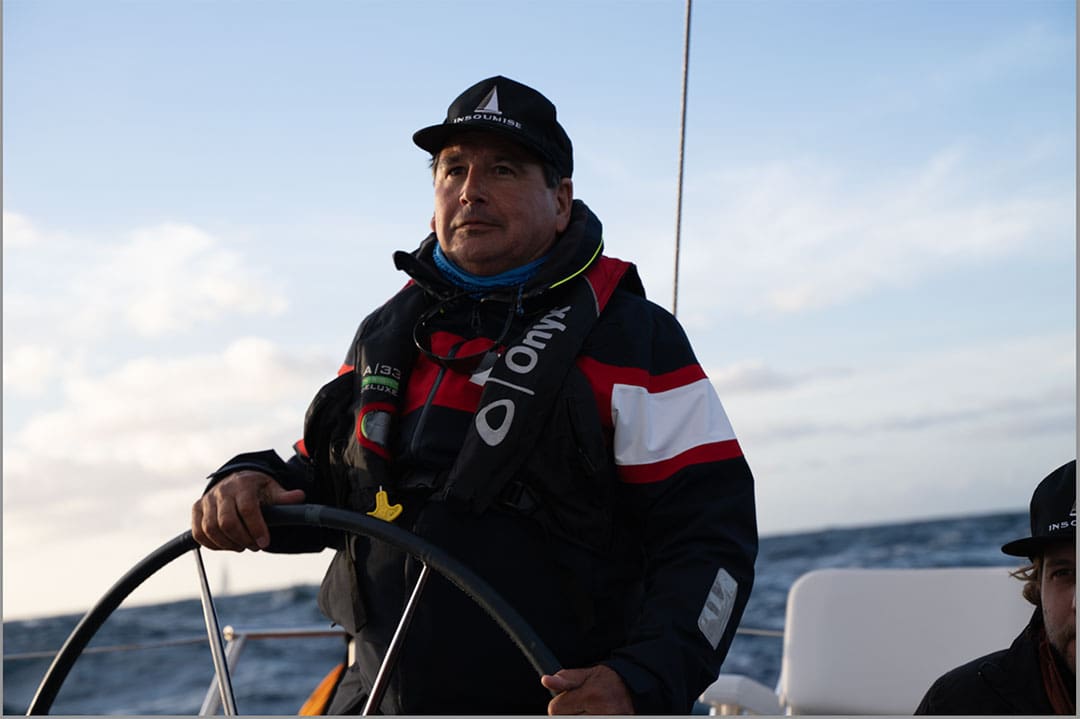
Michael Marion: I have always, since I was a kid, thought about how cool it would be to make a Pacific crossing from Southern California to Hawaii. However, I never really thought it would happen, and it was not a burning desire and goal to make it happen. After enjoying my Dufour 525 for the past 5 years and with the realization that this boat would make the journey anywhere in the world, I realized that sailing to Hawaii is very doable, and even relatively comfortable. I started thinking about the long-abandoned dream of sailing to Hawaii. I was sailing from a Catalina weekend to our home port at Dana Point in October 2021 with my son and nephew, and I asked these young men if they would consider joining me on the TransPac race in 2023. They enthusiastically said “Yes!”
I then called my friend Park Eddy who I knew was a world-class sailor. In fact, Park and his team won their class (Cal-40) in the 2019 TransPac. Park came from a world-class sailing family and had participated in nine prior TransPac races. Park was even a crew member in the mid 1980’s on the Stars & Stripes sailing team which reclaimed the Americas Cup from Australia. I asked Park if he would come to a private dinner with me and four other likely teammates. The next goal was to recruit three highly experienced, professional caliber sailors for the TransPac. During the dinner, I asked Park if he would consider joining our team. I fully expected a hard no answer, as I was sure that if Park had intentions to race another TransPac, he would have many other opportunities more favorable than joining our relatively inexperienced team. However, Park did not say no! He did not say yes either! He kind of mumbled a response that sounded like “maybe.” About three weeks later I called Park and told him that if he would join our team as skipper, he could choose the navigator and the sailmaker. He responded: I will talk with my navigator! This is the same navigator that won the 2019 TransPac class of Cal-40s.
A few weeks later Park called me to tell me that he and his navigator would like to join our team! WOW! with the addition of one more highly experienced sailor we would complete our team of eight, to include three highly experienced sailors. A few weeks later Park called and had secured the third teammate who has been an open water racer and sail maker his whole life.
A super sad note to add. Park Eddy was scheduled to race with friends as skipper of a Cal-40 in the Pacific Cup on July 4, 2022. However, on July 1st Park had a life-changing horrible stroke. This was a major stroke of the worst kind. Park has been succeeding in the fight of his life to overcome the life changing reality of surviving hemorrhagic stroke.
Our goal is to accomplish our best possible result. We have an experienced core of four world-class sailors, and four highly motivated amateur sailors. Winning our class is not out of the question, and certainly within our capabilities. However, winning our class is a big challenge! I will not consider that our efforts are unsuccessful if we do not win our class! I will be a happy sailor and team leader to properly equip Insoumise and our team as we sail across the Pacific Ocean and cross the finish line at Honolulu in early July 2023.
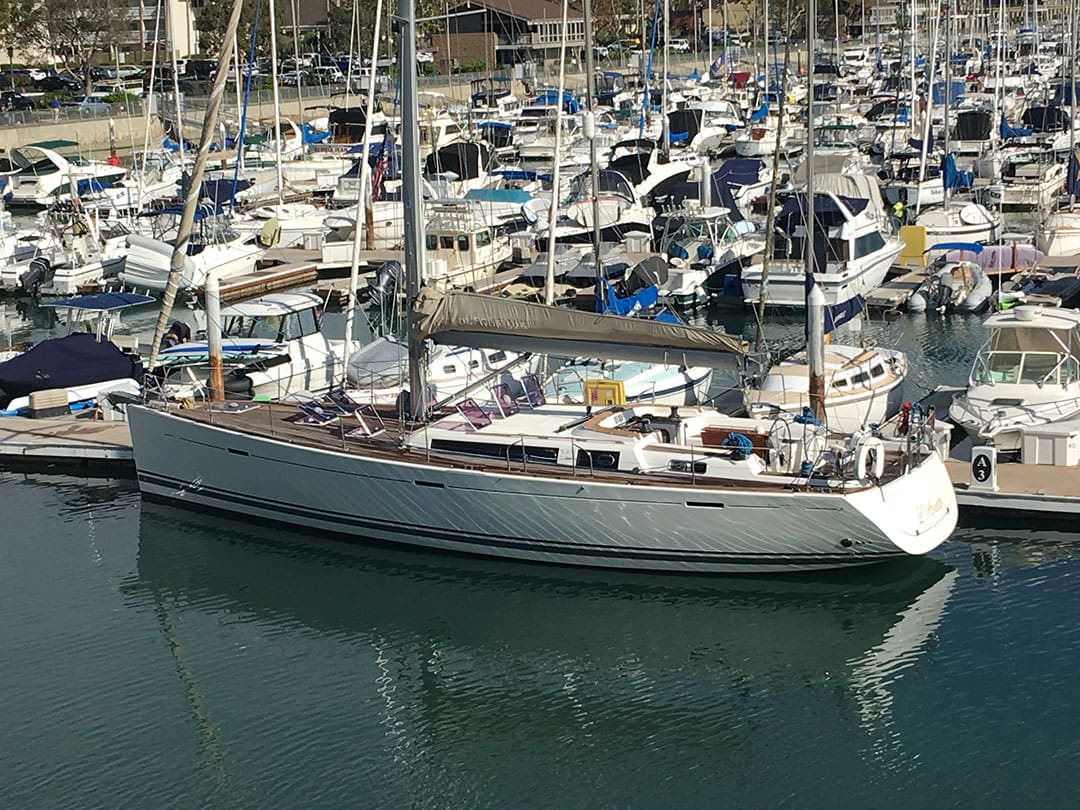
ON: What have you found to be the most challenging aspect in preparation of the boat, rig and sails?
MM: Preparing the boat has been an adventure in itself! I consider myself the skipper to the starting line on June 27, 2023. Then, I will hand that title and responsibility to the skipper of the TransPac race. We started our preparations very early in September 2021. We needed to equip the boat with a water maker, generator, and custom freezers to store our TransPac rations. Add boat yard work out of the water for two months, bottom paint, keel inspection, replace rudder bearings, replace and add flush mount through hulls and additional custom rigging designs, engine, transmission electronics and more. We have a beautiful complete set of B&G electronics that was added to Insoumise in 2019.
The biggest challenge with the preparations has been managing the schedule and timelines and successfully dealing with many highly expert craftsmen and consultants who had various focused projects in their designated specialties to get Insoumise ready for the TransPac. Each expert has strong opinions and egos to manage. The budget was a bit of a surprise as well. However, once we made the commitment to the TransPac, hypothetical budgets were just that, hypothetical. Reality bites!
Our teammate and sail maker has been very busy with custom measurements and designs that give us the fastest boat possible, but without compromising our competitive class rating. We have floated the idea of branding two sails with the corporate logos of a world class brand that places healthy lifestyles, adventure and vitality as an important part of their branding and image worldwide. We are still in discussions, but my hope is to get this corporate leader to purchase a couple of the most useful sails.
ON: What has been your criteria in selecting your crew?
MM: We decided to limit the crew to eight members. Partially due to overcrowding on the boat, but in addition, coincidentally our Life Raft accommodates eight crew members.
Our team’s four most experienced sailors have a combined 17 TransPac races, four Pacific Cup races and 15 deliveries from Hawaii to California. A total of 36 Pacific crossings and much more added to their sailing resumes.
Two of our four less experienced sailors have long open-water crossings to Tahiti as recently as 2021 and way back to mid-90’s. Frankly, I am the least experienced open water sailor. However, I am very confident that my team is comprised of world class racing sailors and Insoumise is worthy to cross oceans, and I am prepared physically and mentally for this challenge!
ON: Are you making use of the TPYC’s pre-race seminars on safety, navigation, etc.? If so, have they been helpful so far?
MM: Yes, we have participated in the TransPac race preparation seminar, and the upcoming Peter Isler seminar on February 8, focused on navigators, tacticians and watch captains. The team participated in and is now certified for CPR and emergency First Aid, and we are enrolled in the two-day Safety at Sea in-water course next weekend at the San Diego Yacht Club.
Two teammates and I have enrolled in the 16-unit Advanced Weather courses offered by Marine Weather University and instructed by Chris Bedford and Peter Isler.
ON: Are you planning to do any upcoming races or offshore passages to qualify?
MM: We are exploring our ORR-EZ rating for the Feb. 24 – 25 Islands Race. If we do not compete in the Islands race, we will accomplish our 150-mile qualification passage the weekend of Feb. 24 and 25. We are also registered for the Newport to Ensenada race as a team practice event on April 28 and 29.
ON: What will be your method of getting the boat to the mainland for the start (or back from Hawaii) – sailing or using Pasha Hawaii (shipping firm and race co-sponsor) for shipping?
MM: I have assembled two highly qualified skippers along with myself and two additional sailors yet to be determined to return the boat from Hawaii to Dana Point. We expect a team of five sailors for the return voyage of 14 to 16 days at sea.
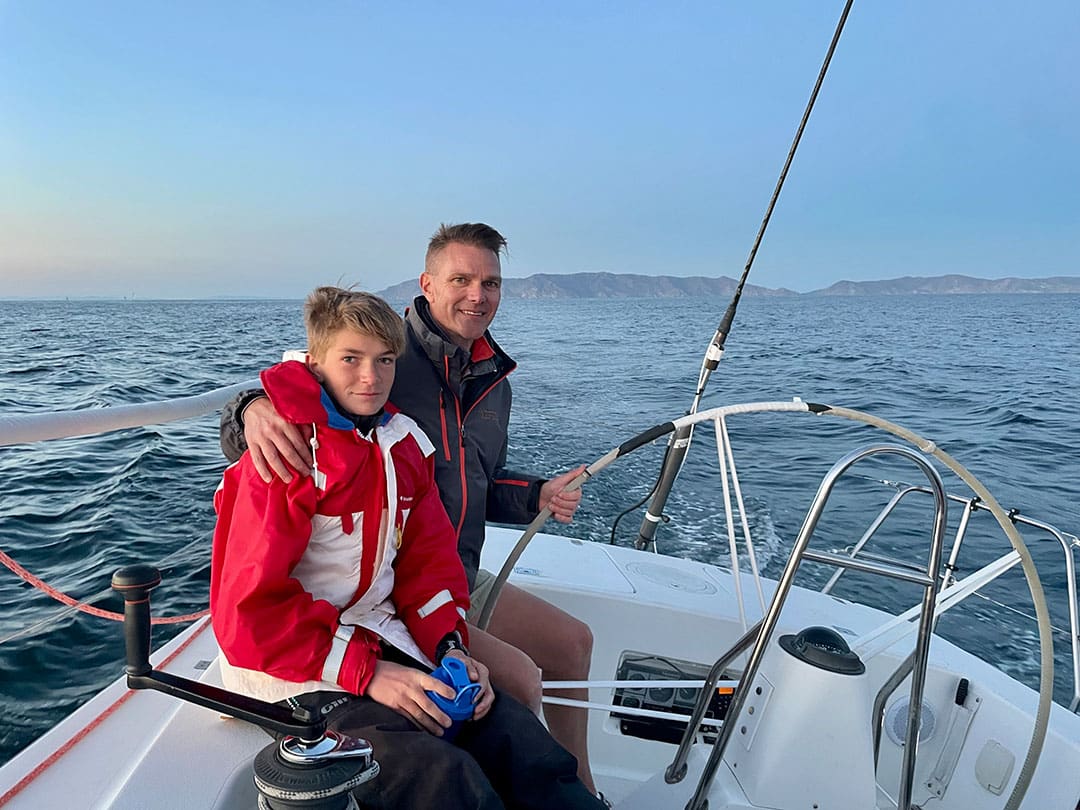
Steven Ernest will sail his J145 Aimant de Fille (another French boat name that roughly translates as “chick magnet”). For communications and gathering weather data Ernest will use a Starlink unit. He will also have an Iridium satphone on board as a backup.
Ocean Navigator: What motivated you to enter the race and what goals do you have for yourself and your team?
Steven Ernest: I did the 2009 race, and really enjoyed it, and did the 2014 PacCup doublehanded. I really enjoy ocean racing. Mostly though, I wanted to have an adventure with my son Oliver (14). The goal is to build memories.
ON: What have you found to be the most challenging aspect in preparation of the boat?
SE: The safety requirements are rather onerous. I’ve had to rebuild a good part of the boat, and we can’t use the life raft I’ve used before. It has to be a clam shell, so I had to get a new one, get that recertified, and figure out how and where to mount it on the boat. Seems like instead of sailing we’ll be an ocean liner filled with safety equipment.
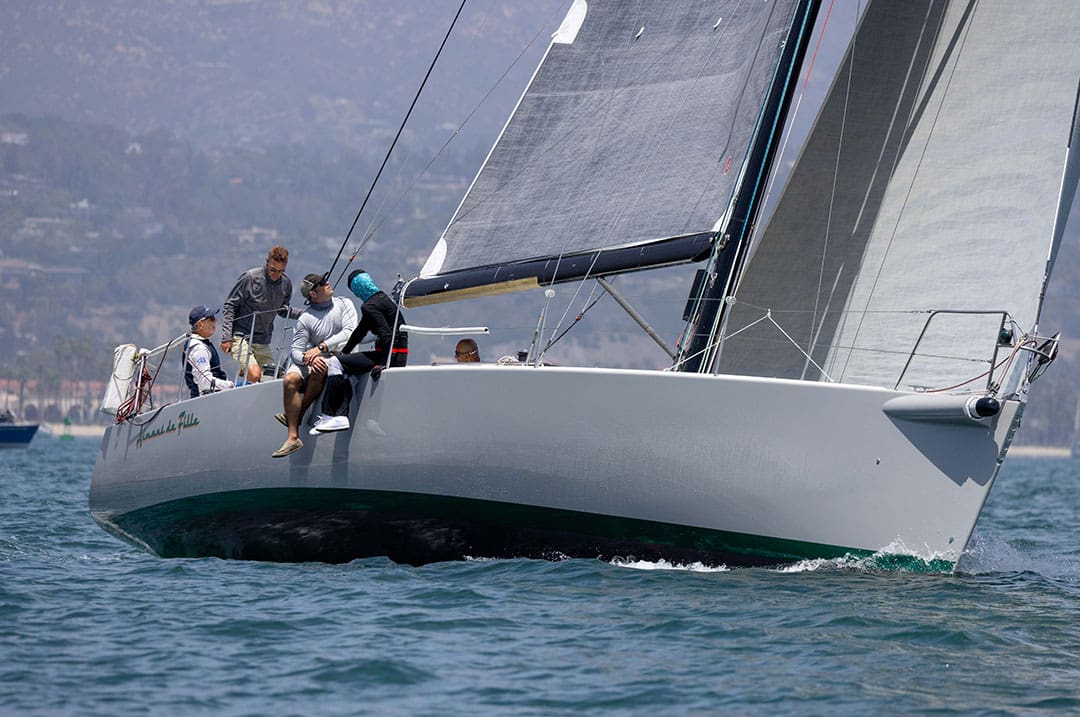
ON: Your crew list is mostly amateur sailors, what has been your criteria in selecting crew?
SE: All of them are friends (or my son) who I’ve known or sailed with for many years. I’m looking to add one or two, but we are in good stead.
ON: Are you making use of the TPYC’s pre-race seminars on Safety, Navigation, etc.? If so, have they been helpful so far?
SE: We did the one with Robbie Haines. I think five of us were on that call. It did have plenty of helpful information. We intend to do the next one with Peter Isler as well.
ON: Are you planning to do any upcoming races to qualify – e.g. the Cabo race? or other offshore passages?
SE: We did the SoCal 300 last year, so I think we are qualified. We are racing to Cabo this spring though, too.
ON: What will be your method of returning the boat from Hawaii – sailing back or using Pasha Hawaii for shipping?
SE: She’ll likely come home on her own bottom.
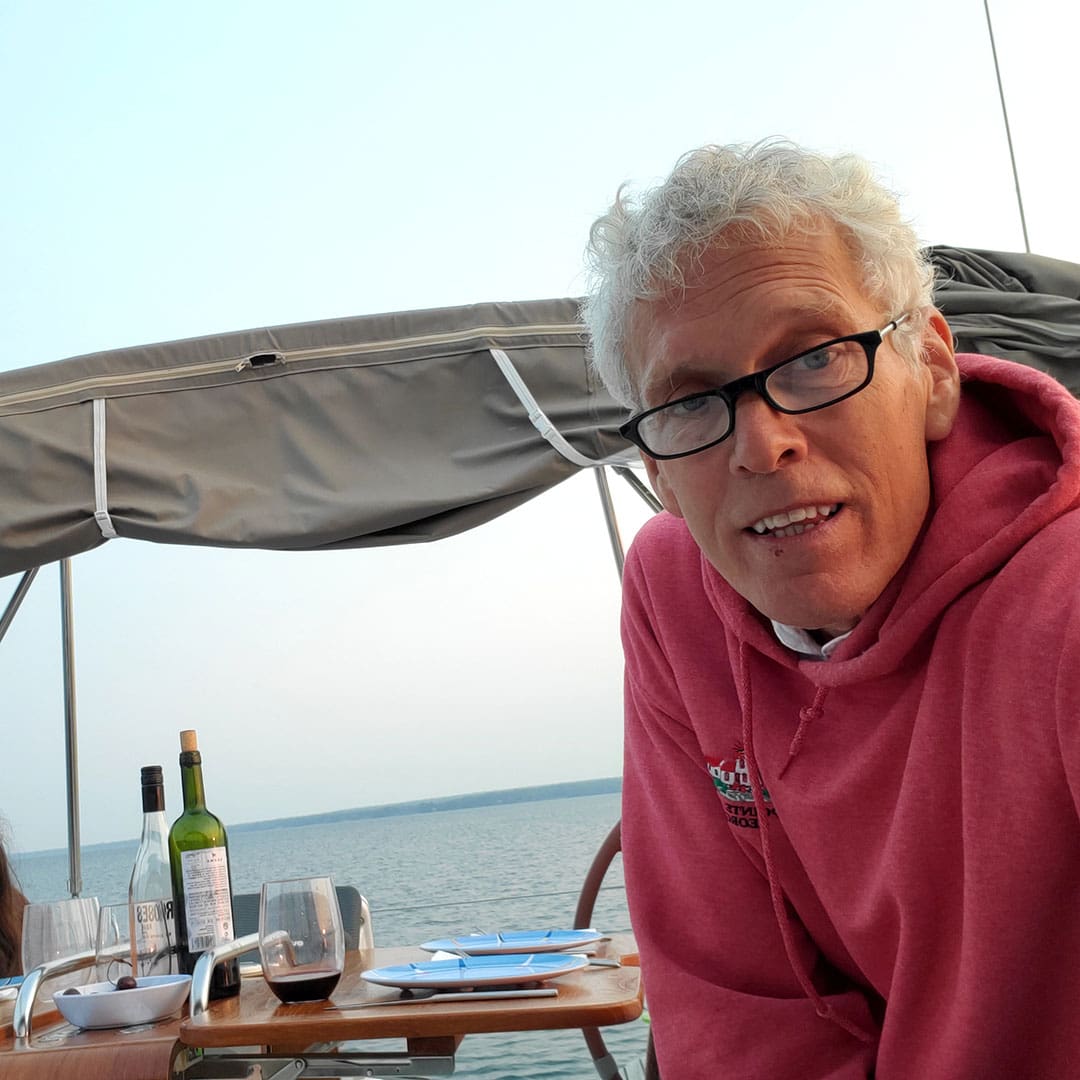
James Isbester has signed up for the race and will sail his J105 Energy that he sails out of the Berkeley Yacht Club on San Francisco Bay. For a communications package Isbester will have an Iridium satphone and Spot Messenger unit. According to Isbester he is seriously considering adding an AIS/MOB beacon setup on the boat.
Ocean Navigator: What motivated you to enter the race and what goals do you have for yourself and your team?
James Isbester: This is the most complicated question on the list. I have a childhood friend named Richard Cameron whose father used to take us sailing in the early 1970s on Lake Ontario on his International 14. We thought it would be fun to do a doublehanded race together. We signed up for the Pacific Cup in 2020, but that race got canceled due to COVID. And due to health issues, Richard wasn’t in shape to do the 2022 PacCup. So another old sailing friend, John Hazard, and I decided to do the TransPac this year rather than waiting for 2024 to sign up for the PacCup again. We’ll be sailing with a crew of four.
As for goals, we want to sail our best and reconnect with old friends. Basically sail the boat well.
ON: What have you done preparing the boat for the race?
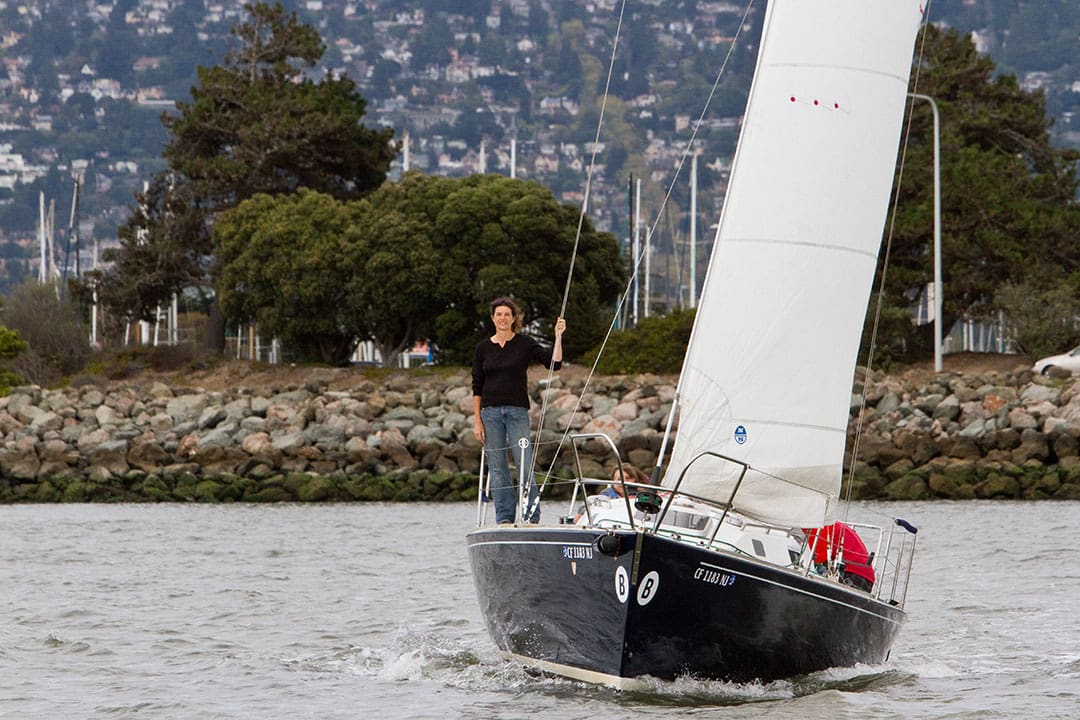
JI: We’ve done a number of things to get ready. We added an extra spinnaker halyard and rerigged the second jib halyard. J105 bowsprits are known to flex quite a bit so we are putting a bobstay on the bowsprit. We’ve put in a second manual bilge pump and completely disassembled the steering elements and replaced the rudder bearing. We are debating how to address the emergency steering setup. We’ve been sailing the boat really hard in San Francisco Bay so feel that what is likely to break will do that before we depart on the race.
ON: Are you making use of TPYC’s prerace seminars on safety, navigation, etc.?
JI: I have done one of the seminars so far. I definitely want to be included in those and do more.
ON: Are you planning to do any upcoming races to qualify?
JI: I haven’t done anything the length of the TransPac before, just 120- to 150-mile races with this boat. John has done the Cape to Rio Race. For qualifiers we are going to do 48 to 72-hour passages, not races. Sail them as best we can. Plus, we need to sail the boat down from San Francisco, the 420 miles to Cabrillo Beach for the start.
ON: What will be your method for returning the boat from Hawaii, sailing it back or or using Pasha Hawaii for shipping?
JI: I would like to rent a trailer and ship it back via Pasha. Or I may use a delivery crew. I had engaged a delivery captain but he decided he doesn’t want to sail a boat as small and uncomfortable as a J105! n

